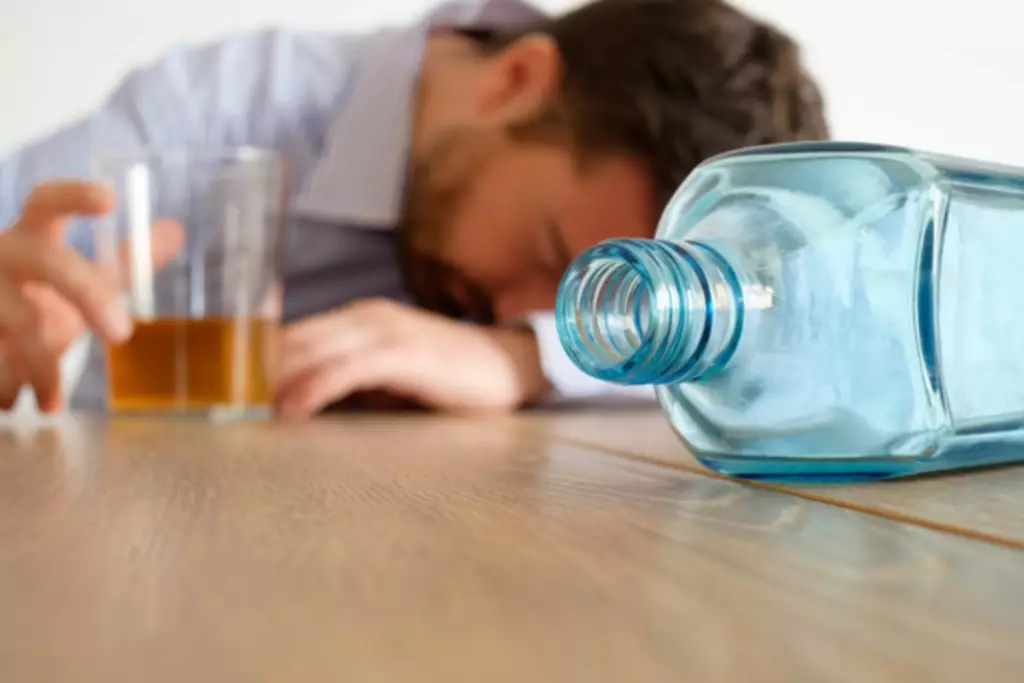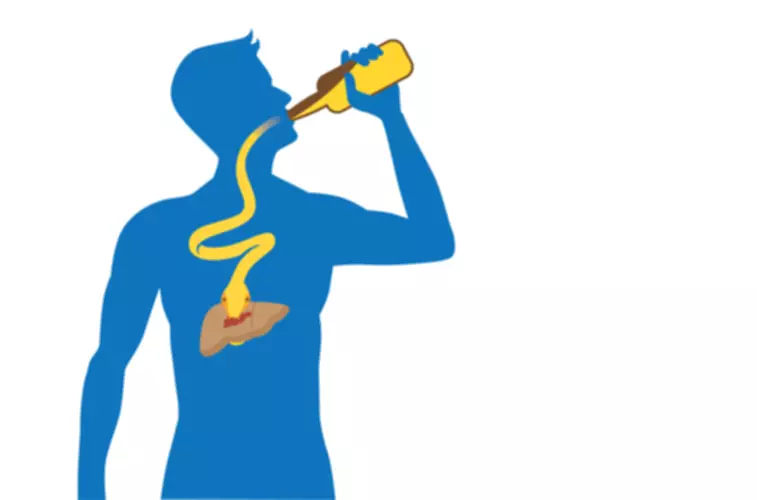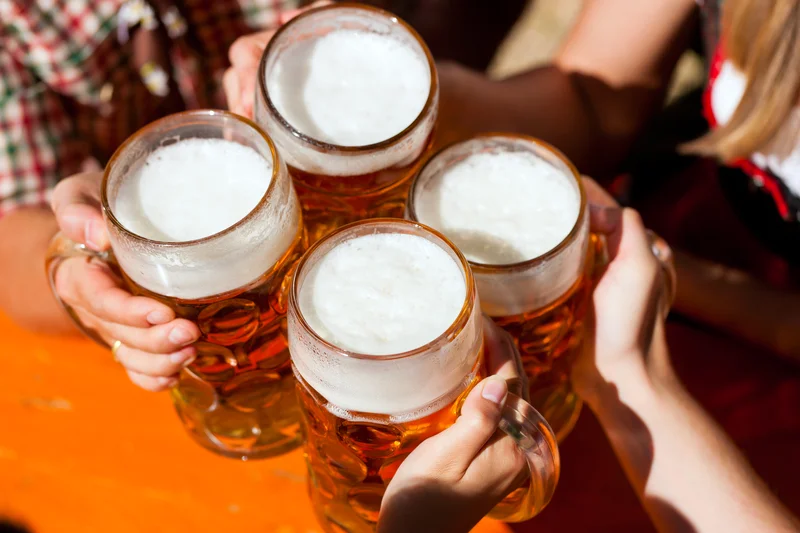
Having a big nose, even as a result of rosacea, is not necessarily a sign of alcoholism. Unfortunately, doctors are not yet clear on the direct cause of rhinophyma. It shows up more frequently in men than women and is common among those with fair skin and European ancestry. Drinking alcohol enlarges the blood vessels, which makes them more susceptible to bursting.

What Is Drinker’s Nose?

While alcohol itself may not directly cause nosebleeds, chronic alcohol abuse can contribute to various health issues, including liver damage and impaired blood clotting. These complications may increase the likelihood of experiencing nosebleeds. Additionally, heavy alcohol use can also dehydrate the body, including the nasal membranes, making them more fragile and prone to bleeding. Alcoholics nose, or drinker’s nose, is an informal term that refers to an enlarged purple or red nose thought to be caused by excessive alcohol consumption. If a person suffering from rosacea also has rhinophyma, the flushing in the face due to alcohol can increase the visibility of their rosacea and rhinophyma symptoms. That means someone drinking heavily may show flushed cheeks and an enlarged nose with a red or purple tint if they have rosacea.
- By understanding what exacerbates your condition, you can take proactive steps to avoid these triggers and manage your symptoms more effectively.
- The association between alcohol abuse and rosacea can be traumatizing for some people with rosacea.
- When left untreated, the skin condition rosacea can cause the nose to grow or become bulbous in appearance.
- Of course, due to the nature of addiction, this is often easier said than done.
What Does Alcoholism Do To Your Appearance?
If you or a loved alcoholic nose one are looking for substance abuse treatment, help is available. Surgery, including laser treatment or dermabrasion, may be necessary to remove large bumps on the nose from rhinophyma if they interfere with breathing. The shoulders and chest are also susceptible to looking more flushed or red after drinking alcohol. With surgical treatments, care must be taken to avoid disturbing cartilage while leaving enough skin to ensure proper healing with minimal scarring. Out of these options, carbon dioxide laser surgery is considered the preferred option because it allows for the most precise removal of excess tissue. Still, many doctors may recommend a multi-solution approach that combines options such as carbon dioxide lasers with dermabrasion to better remove damaged tissue.

How Rosacea And Alcohol Abuse Lead To Drinker’s Nose
Plus, the Cape Cod setting, complete with beach outings and fresh ocean air (weather-permitting), provides a serene backdrop for real healing. Learn what is alcoholism how basketball players can overcome addiction, manage injuries, and maintain long-term recovery to return to peak performance. Lifestyle changes are a crucial component of managing rosacea and preventing its progression to rhinophyma.
- Topical retinoids might also be recommended for anyone who catches the condition in its early stages.
- Genetics play a significant role in the development of rosacea and, subsequently, rhinophyma.
- Proactive measures can make a significant difference in the quality of life for individuals with rosacea.
- An alcoholic nose is not a true diagnosis of alcoholism or even a sign of it in many cases.
In this article, we’ll delve into the causes, symptoms, and treatments for alcoholic nose, providing a comprehensive understanding of this condition. Please read on to learn all you need about alcoholic nose and the connection between alcohol addiction and skin conditions. Alcoholic’s nose, or rhinophyma, is a condition that causes the nose or other facial features to become swollen, enlarged, red, or misshapen, changing the appearance of the nose.
- Find compassionate, comprehensive treatment programs at The Living Room.
- We are committed to helping individuals achieve lasting recovery and build a healthy, fulfilling life.
- The skin can become inflamed and turn purple or red depending on the amount of blood in that body area.
- But we do know that drinking can cause more flushing in people with rosacea.
- Rhinophyma is a skin disorder that causes the nose to become enlarged.
How Can Alcohol Affect Your Nose?

If you use rhinophyma as a starting point to monitor a close friend or loved one, you can look for agitation of their rosacea symptoms over time. The more alcohol they consume, the more aggravated their symptoms will be and the more they will spread. It is incredibly important to remember that alcohol does not cause this disorder. It is like having an allergic reaction to peanuts and eating a spoonful of peanut butter.
- While the underlying causes aren’t fully understood, early treatment is considered the most effective solution.
- They can help prescribe a lotion or medication that you can take to reduce the inflammation and lower the visible symptoms of your rosacea.
- For people who develop rhinophyma, their face skin thickens, especially around the nose.
- However, there is a lot of urban legend surrounding alcoholics’ noses.
So, alcohol may not be the primary cause of “alcoholic nose.” However, it does cause red, inflamed skin and can trigger rosacea and rhinophyma. Alcohol affects your face and skin in general by enlarging both pores and blood vessels. Blood vessels expand and sometimes break, making some heavy drinkers look red and flushed even when sober.
Using alcohol heavily, especially over a long period of time, can have a devastating effect on your health. Drinking can increase the effects of existing rosacea and may increase the risk of this condition developing. However, many people who use alcohol heavily do not develop rosacea, and rosacea does often occur in people who do not drink alcohol or only use it in moderation. Rhinophyma, the condition often referred to as alcoholic nose, has a red, swollen, lumpy appearance.

